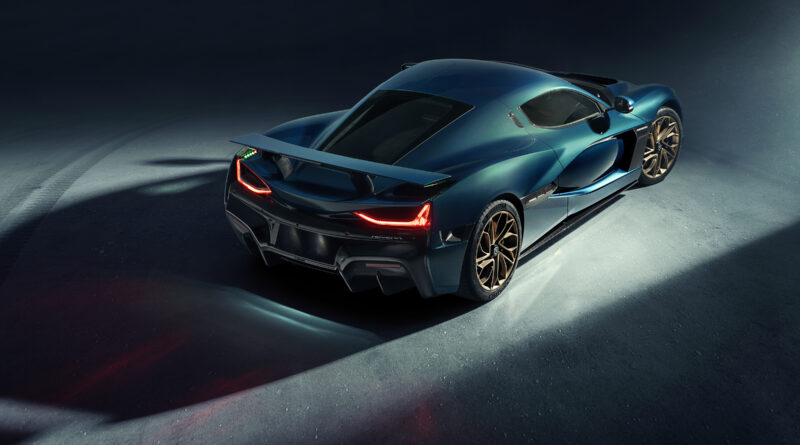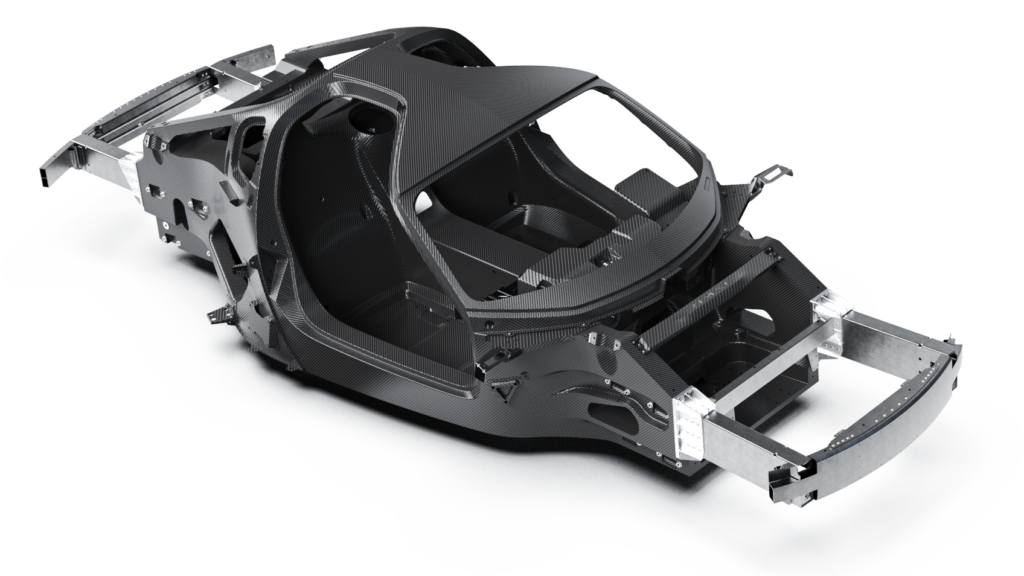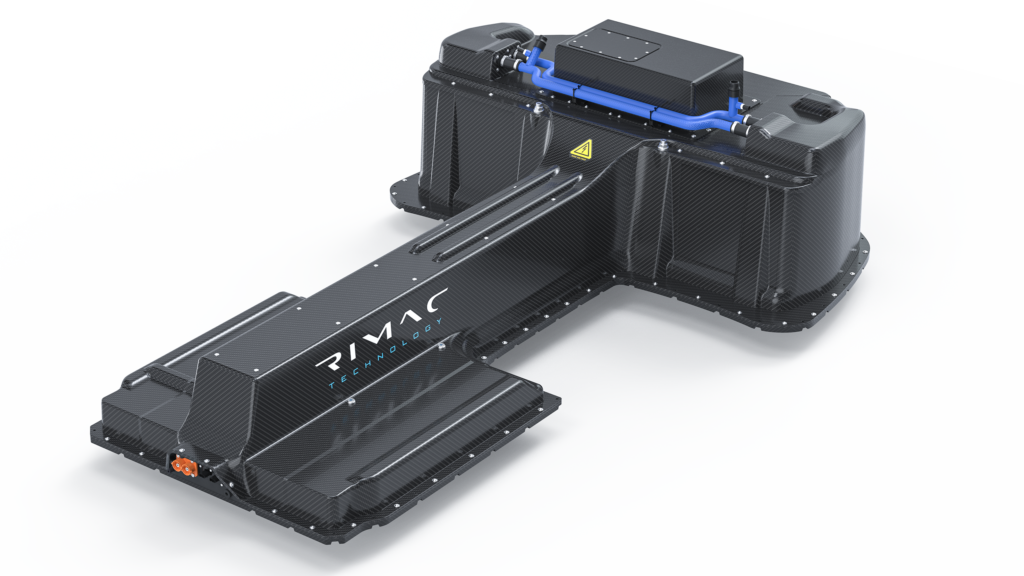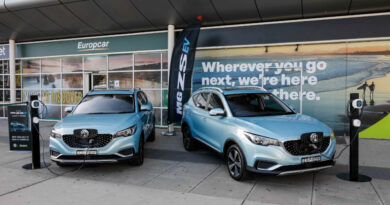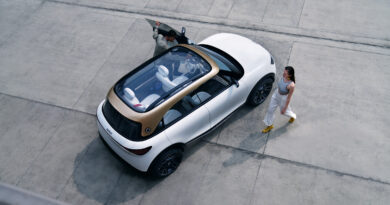Rimac Nevera revealed: 1.4MW EV hypercar sets new limits
Stand aside Ferrari, Lamborghini, McLaren and Porsche – there’s a new hypercar king in town: Rimac. And it relies purely on batteries and electricity for explosive acceleration and a 412km/h top speed.
The new Rimac Nevera EV has almost twice as much power as a Formula 1 car and would not be allowed to run at an Australian drag racing event because it is so fast.
Granted, few have ever heard of the Croatian EV manufacturer that’s made just eight vehicles in more than a decade of tinkering with cars.
But with part ownership by Porsche and investment from Hyundai, Rimac is a big deal in the world of fast EVs; Rimac is providing components to Aston Martin and boutique Swedish manufacturer Koenigsegg, as well as providing expertise to Porsche and others.
Want the latest EV news and reviews delivered to your inbox? Subscribe to our weekly newsletter!
And Rimac has just unleashed what is comfortably the fastest car in the world, the Nevera.
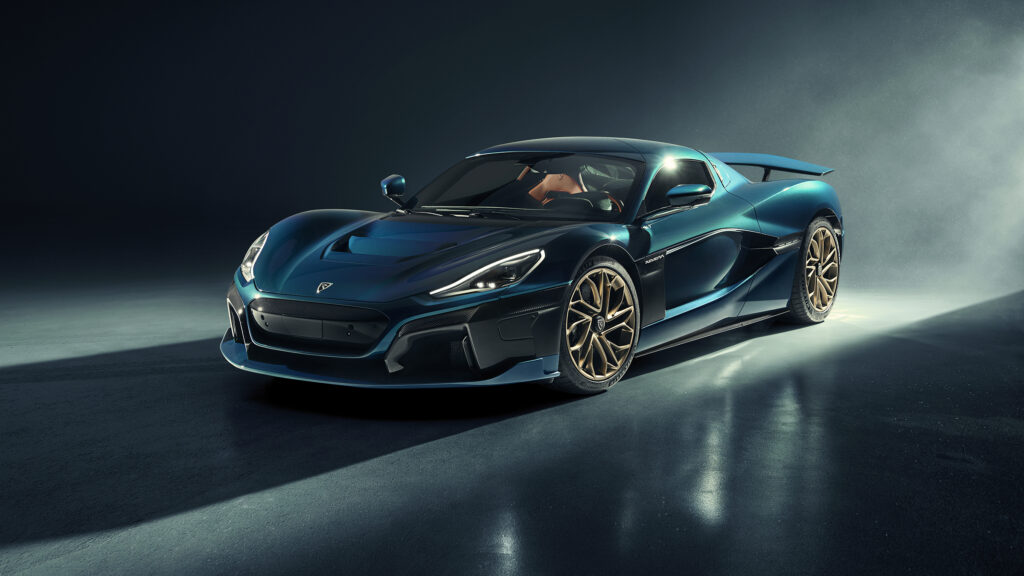
Originally referred to as the C_Two (for Concept Two) but renamed Nevera for production, the second car from Rimac comes with ballistic statistics.
Company founder Mate Rimac says it’s a car that breaks all the rules.
“The Nevera proves what is possible when there are no restraints placed on technology, development, or ambition.”
And he’s clearly keen to prove the ICE cars can’t keep pace with the potential of electric motors.
“We have now unveiled a car that pushes the hypercar market to a higher level, we have utilised the full potential of the electric powertrain today, proving what we’ve always been saying – that electric hypercar, in the form of the Nevera, is beyond exciting, and that is as thrilling on the track, as it is cosseting crossing continents.”
Megawatts, not kilowatts…
You know you’re talking about a fast car when its power is mentioned in megawatts rather than kilowatts.
Peak power is claimed at 1408kW – or 1.4 megawatts – which is 1914 horsepower in the old money.

It’s produced by four electric motors with a gearbox at either end to apportion drive according to traction and conditions.
Torque is even more astonishing at 2360Nm.
The figures demolish those of the Ferrari SF90 (736kW/800Nm), Porsche Taycan Turbo S (560kW/1050Nm) and the upcoming Tesla Model S Plaid (760kW).
It also promises to trounce the upcoming Mercedes-AMG Project One, Aston Martin Valkyrie and Toyota GR Super Sport, three electrified hypercars currently under development.
The dash to 100km/h is claimed to take 1.97 seconds, although like Tesla that figure includes “rollout”, a drag racing term that effectively accounts for the split-second it takes to get the car moving.
Rimac doesn’t even bother quoting a 0-200km/h, instead skipping to the 0-300km/h time, which takes just 9.3 seconds.
Top speed is 412km/h, just shy of the electronically-limited 420km/h top speed of the quad-turbocharged 16-cylinder Bugatti Chiron.
The Nevera’s ballistic 8.6-second time across the standard quarter mile drag strip would be enough to get it banned from Australian drag racing events – all because it’s not carrying a parachute to help it slow down (drag cars travelling faster than 224km/h at the end of the 400m run are required to deploy a parachute).
The battery capacity of the Nevera is 120kWh and it uses a lithium/manganese/nickel construction developed entirely in-house by Rimac.
While there’s no word yet on how far the driving range is, you should theoretically be able to deplete the battery in about five minutes if you’re calling on all 1408kW.
Regenerative braking can put up to 300kW back into the battery during hard stops.
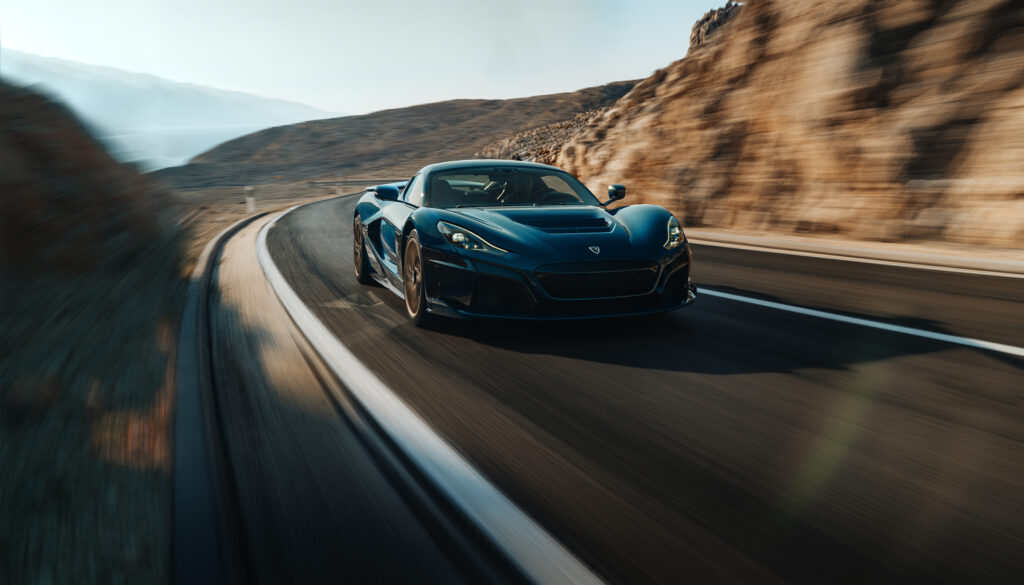
Mate Rimac describes the Nevera as “the car I had in mind when I embarked on the ‘impossible’ journey 10 years ago”.
“All our hard work has resulted in the Nevera – our record-breaking hypercar. This car was born to outperform, and to raise the bar, redefining the norm for performance cars. And not only in performance – but as an all-around package.
“When we first revealed the C_Two, we set our targets extremely high. There was nothing else that could even come close to matching the car’s cutting-edge electric powertrain and extreme performance. But for us, that was only the starting point.”
Rimac Nevera has electronics at its heart
Containing all that power are plenty of advanced electronics.
The braking system is computer controlled with an electro-hydraulic brake booster that monitors battery and brake temperatures to work out how best to slow the car. The system can actively switch between regenerating braking and utilising the Brembo carbon-ceramic friction brakes.
While Rimac doesn’t build many cars, it supplies technology and batteries – among other components – to various big brands.

The Rimac All-Wheel Torque Vectoring 2 (R-AWTV-2) adjusts the torque delivered to each wheel at up to 100 times per second, constantly monitoring driver inputs and road conditions.
“Our torque-vectoring enables (a) new level of drivetrain calibration,” explains Miroslav Zrnčević, Rimac development driver.
“Depending on the driving mode selected, the R-AWTV 2 technology can enable the Nevera to be drifted sideways or provide optimum levels of all-wheel-drive grip, traction and safety – no matter how challenging the road and weather conditions. Thanks to a four-individual-motor drivetrain, the driver can also change the torque distribution, and personalise the performance delivery even further, for a completely bespoke drive – ranging from front to rear-wheel drive biased car.”
Real time computer coaching
The Nevera is claimed to be the first car with artificial intelligence (AI) driver coaching.
Utilising 12 ultrasonic sensors, 13 cameras, six radars and an NVIDIA Pegsus operating system, the driving coach provides real-time guidance to maximise the experience.
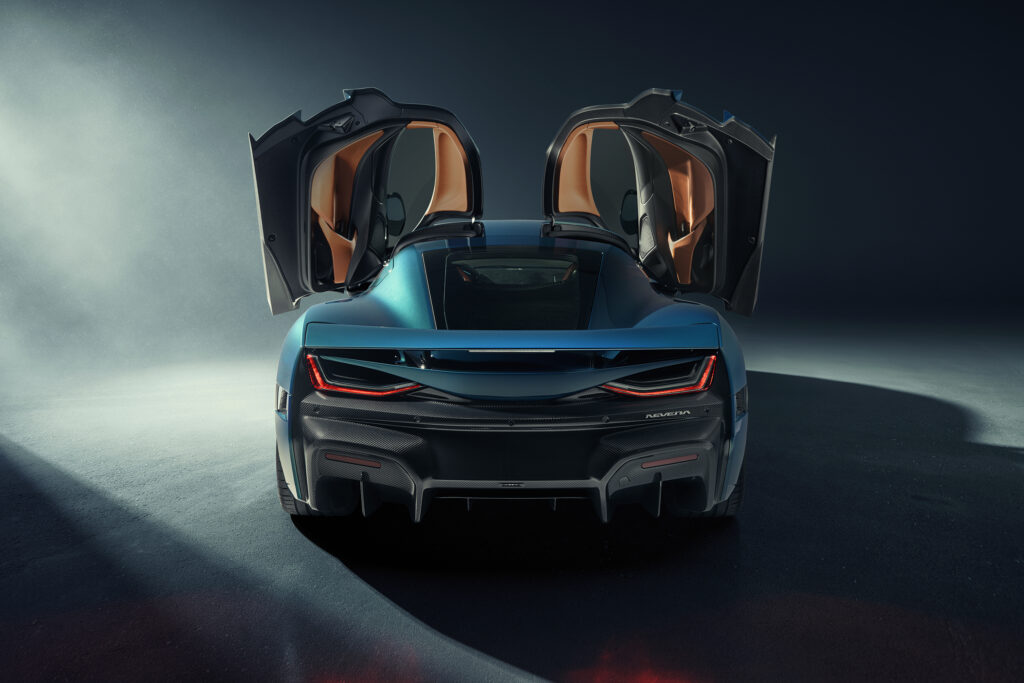
Embedded mapping data of race tracks allows the car to recommend braking and acceleration points and overlay guidance relating to racing lines and driver inputs.
As with the Concept One that kickstarted the Rimac story (and led to a spectacular crash with former Top Gear presenter Richard Hammond), the Nevera seats just two people.
Three digital screen take care of infotainment and the occupants are separated into two zones.
Butterfly doors rise, in turn exposing the carbon fibre body that is at the heart of the car.

Cutaway of the Rimac Nevera 

The 120kWh battery pack is like an inverted T running along the centre of the car and behind the occupants, in turn adding strength to the body.
The air intake down the side of the car pays homage to the neck tie, a Croatian invention (Mate Rimac is intensely patriotic).
Exclusivity guaranteed: 150-car build limit
Just 150 Neveras will be produced and Rimac guarantees “no two Neveras will leave the Rimac factory looking the same of bearing the same specification”.
There are three model variants – GT, Signature and Timeless – or the option of choosing a bespoke package that is personalised to the tastes of the customer.

The price is a classic case of if-you-have-to-ask-you-probably-can’t-afford-it.
It’s about $3.7 million, plus taxes and on-road costs.
So there would be nothing short of $5.5 million in Australian dollars.
Then again, you’ll have the fastest – and one of the most exclusive – cars ever created.
Rimac Nevera specifications
Price: $3.7 million, plus taxes and on-road costs (something north of $5.5 million in total)
Drivetrain: 4 electric motors, two single-speed gearboxes
Power/torque: 1408kW/2360Nm
0-100km/h: 1.97 seconds (with rollout)
0-300km/h: 9.3 seconds
0-400m: 8.6 seconds
Top speed: 412km/h
Battery capacity: 120kWh

